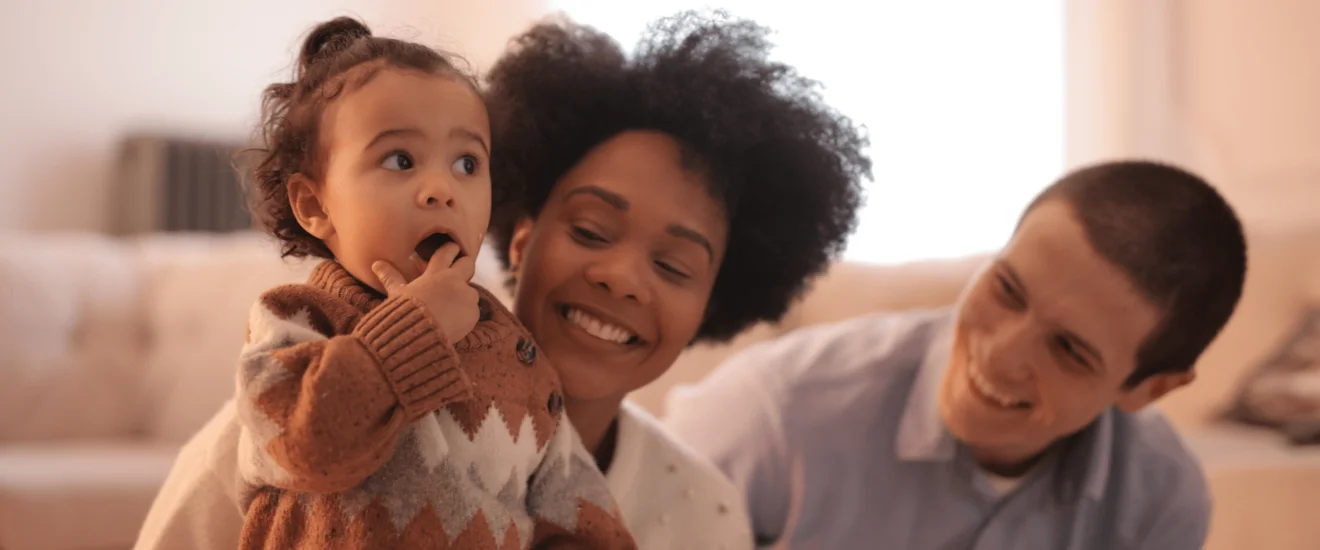Article excerpt from Health eNews
The holiday season is a busy time of year. Between time away from school and work, gatherings with friends and family, and traveling, daily routines change. The holidays may be even more busy and hectic than school and work. These changes may be experienced differently for families with children who have developmental differences, including autism. If you are a parent of a child or adolescent with autism, here are some tips for making this time of year easier on everyone.
Do your research
Learn how autistic adults experience the holidays. Take the holidays from a different perspective and understand what your child might need to feel comfortable with routine disruptions as well as new noises, smells, textures and people. This will help you see holidays from their perspective and plan a successful, inclusive and positive experience.
Be safe
For children who wander or run from safe places, make sure you have a safety plan. Communicate this to all people at the gathering, and make sure there is a clear schedule for who will be providing 1:1 supervision for kids who wander. Be aware of places that may attract them, including bodies of water, train stations and parks. Consider the use of visual stop signs and GPS tracking devices such as Apple AirTags or Samsung SmartTags.
Be prepared
Reflect on how your child experiences the gathering or activity. Think about the noises, group size, textures and smells. Set aside a quiet space that is just for them and include an item of comfort such as a favorite toy or object. Food is a cornerstone of many gatherings, and feeding difficulties are often present in individuals with autism. Therefore, not everyone derives pleasure from food and mealtimes. Think about bringing preferred foods and placing a non-preferred food on or near your child’s plate. This may cause challenges with extended and well-intentioned family members. But at the same time, this allows and models for your child that they can participate in group events and be empowered to advocate for themselves.
Set a schedule
Preparation and maintenance of routines are key to holidays. Consider visual schedules and social stories, depending on your child’s language level and preferred communication style. Visually communicate who will be at a gathering, what the family will do and when it will end. Set a time limit for the event, preferably 30 minutes shorter than your child’s limit so they may end well, and build on this success for future gatherings. Let your child know when they will be able to go home. Keep consistent sleep schedules and meal times for extended times away, as well. Sleep is a cornerstone of positive behavior and mood.






